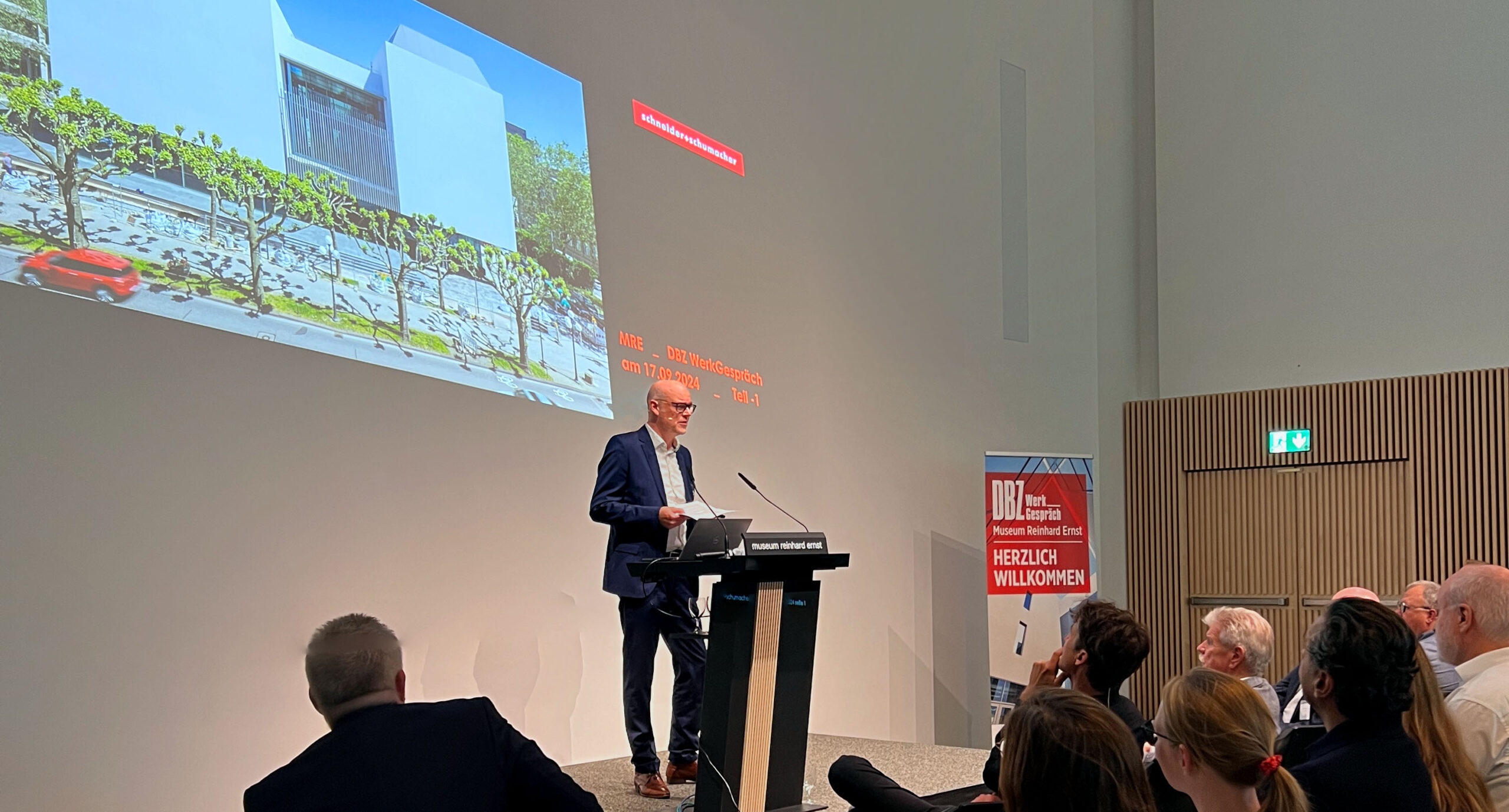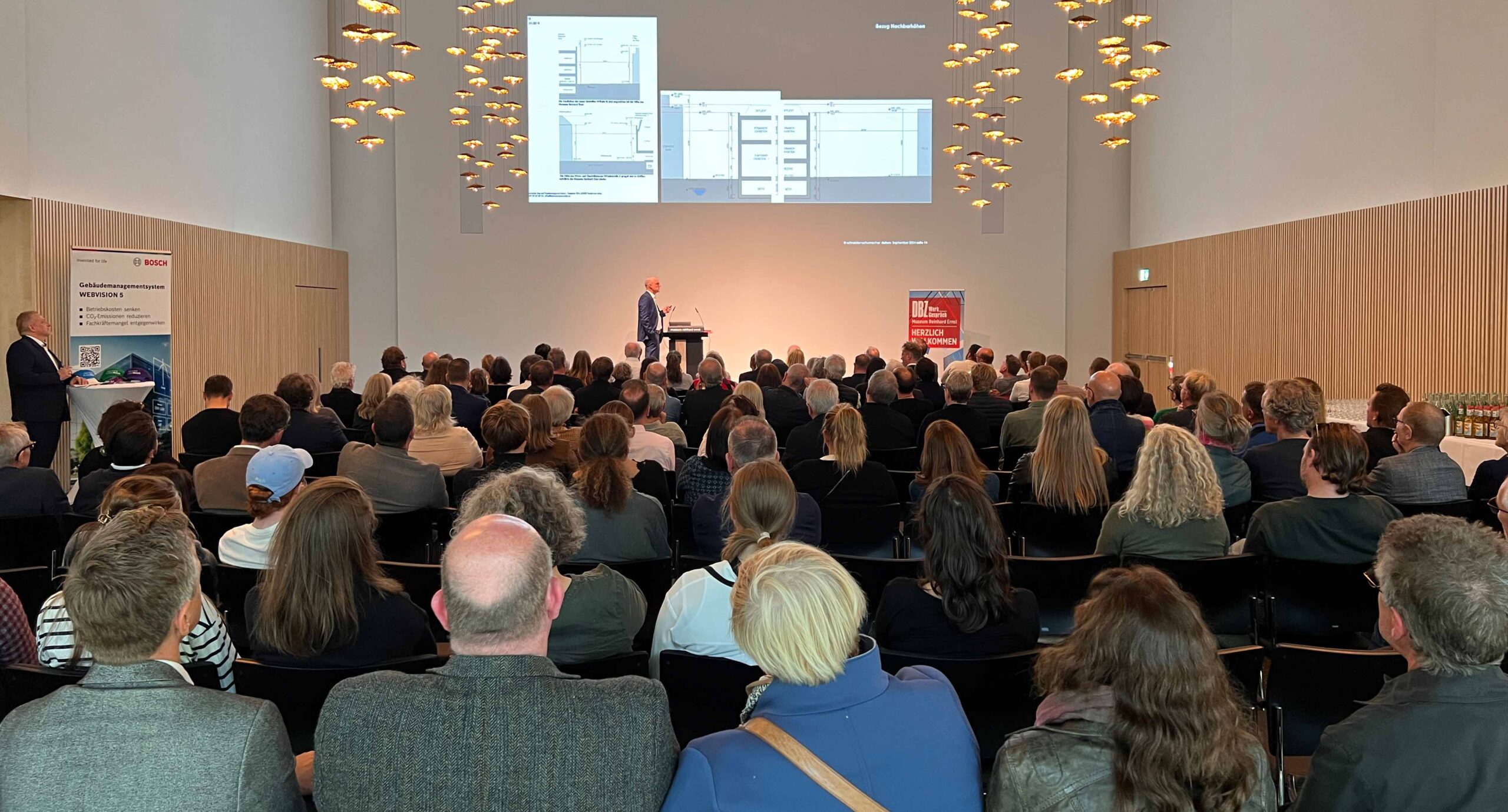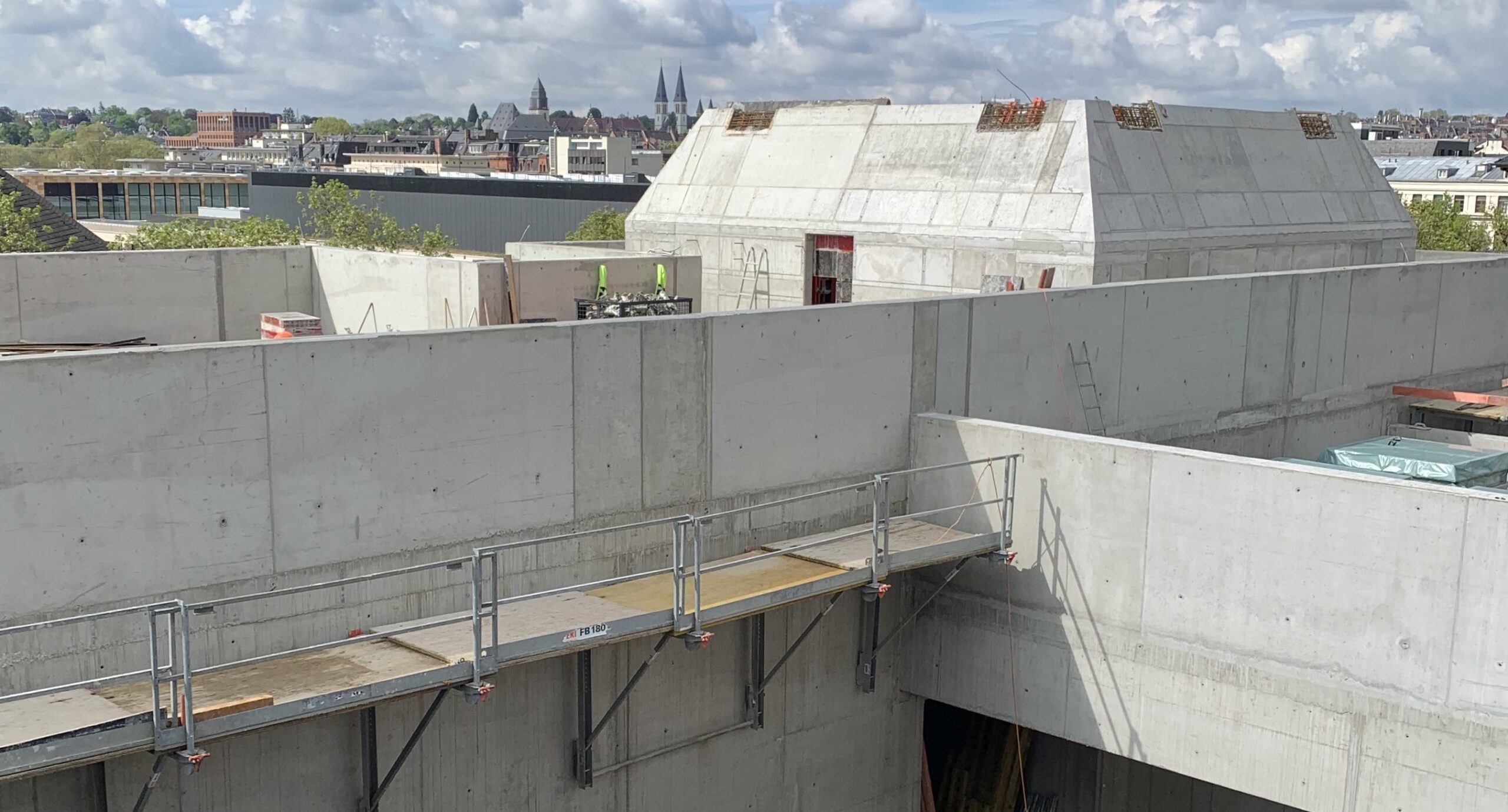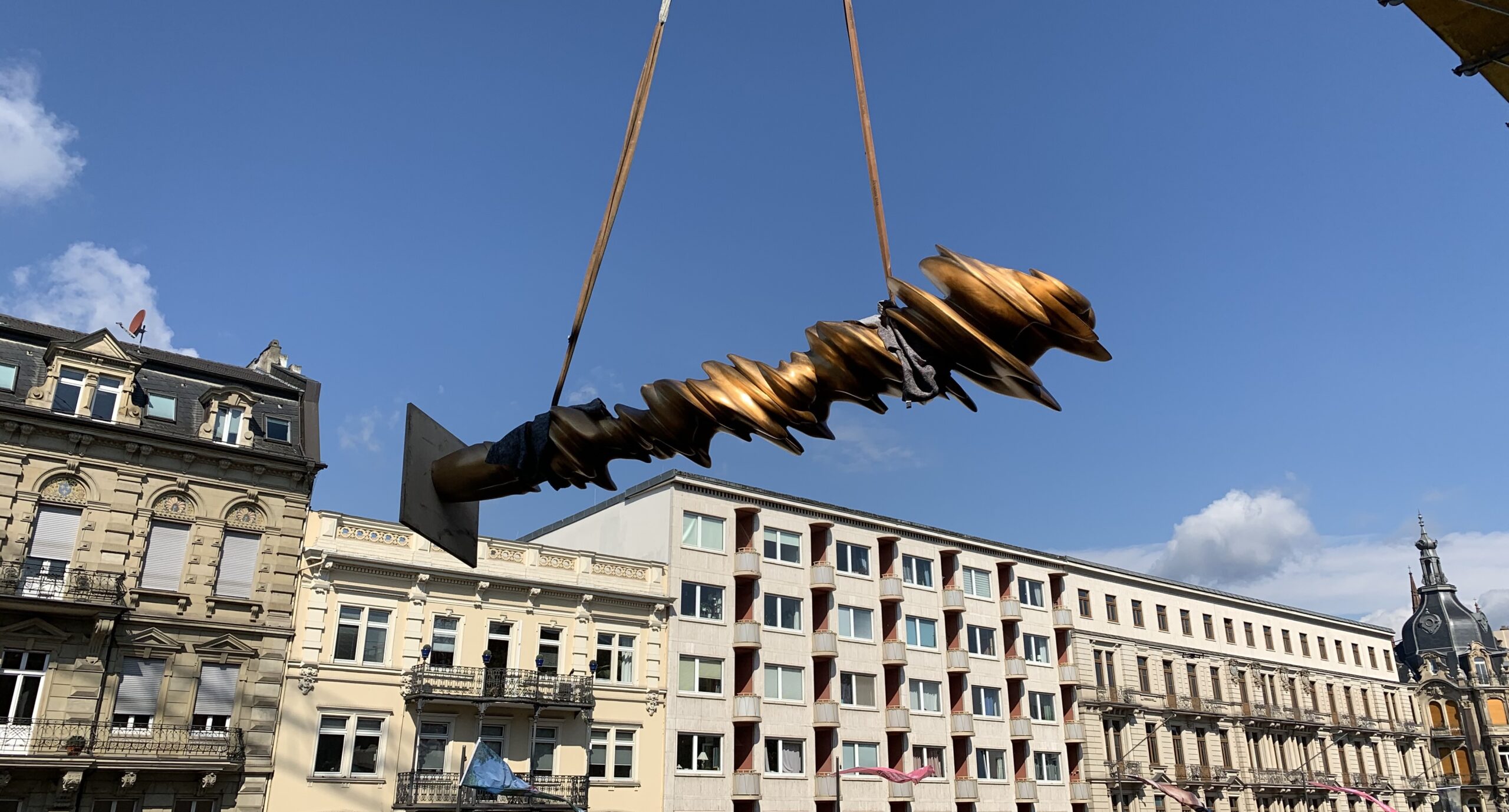Building the Reinhard Ernst Museum




As general planners responsible for building the Reinhard Ernst Museum, it was schneider+schumacher’s brief to interpret the design by Japanese architect and Pritzker Prize winner Fumihiko Maki as precisely as possible, both in terms of detail and materiality. At the DBZ WerkGespräch discussion in mid-September, Elmar Lorey, a member of the management board of schneider+schumacher Bau- und Projektmanagement GmbH, took to the stage in front of a specialist audience from the construction industry to report on how this was achieved.
This series of events, organized by the architectural magazine DBZ Deutsche BauZeitschrift, seeks to present outstanding buildings together with the architectural firms involved in constructing them, with the building in question always serving as the location for the event. In the Maki Forum of the Reinhard Ernst Museum, following an introduction by the museum’s founder, Elmar Lorey talked about the almost five-year-long construction period and described working with Fumihiko Maki, where the seven-hour time-difference between Frankfurt and Tokyo also had to be factored in. He went on to describe the location of the site and its historical development, pointing out how the current building volume relates to the surrounding buildings. The white granite employed on the façade comes from a quarry in the US state Vermont. It is 400 million years old and was transported by ship to Germany, where a specialised process was employed to give the surface its special texture.
Another unusual episode was the early arrival at the museum of a work of art entitled “Pair”. Before the shell of the building was completed, a site crane lifted this two-part sculpture – approximately 6.5 meters high and weighing around six tonnes –into the upper floor. The sculpture by the artist Tony Cragg was specifically delivered to the site at this time since it had to fit through an opening in the building shell before glazing was installed. It was only after engineers had recalculated the structural integrity of its proposed location that the sculpture could finally be placed there.
Photos above and top right: Bauverlag BV GmbH
Photos centre right and below: schneider+schumacher

